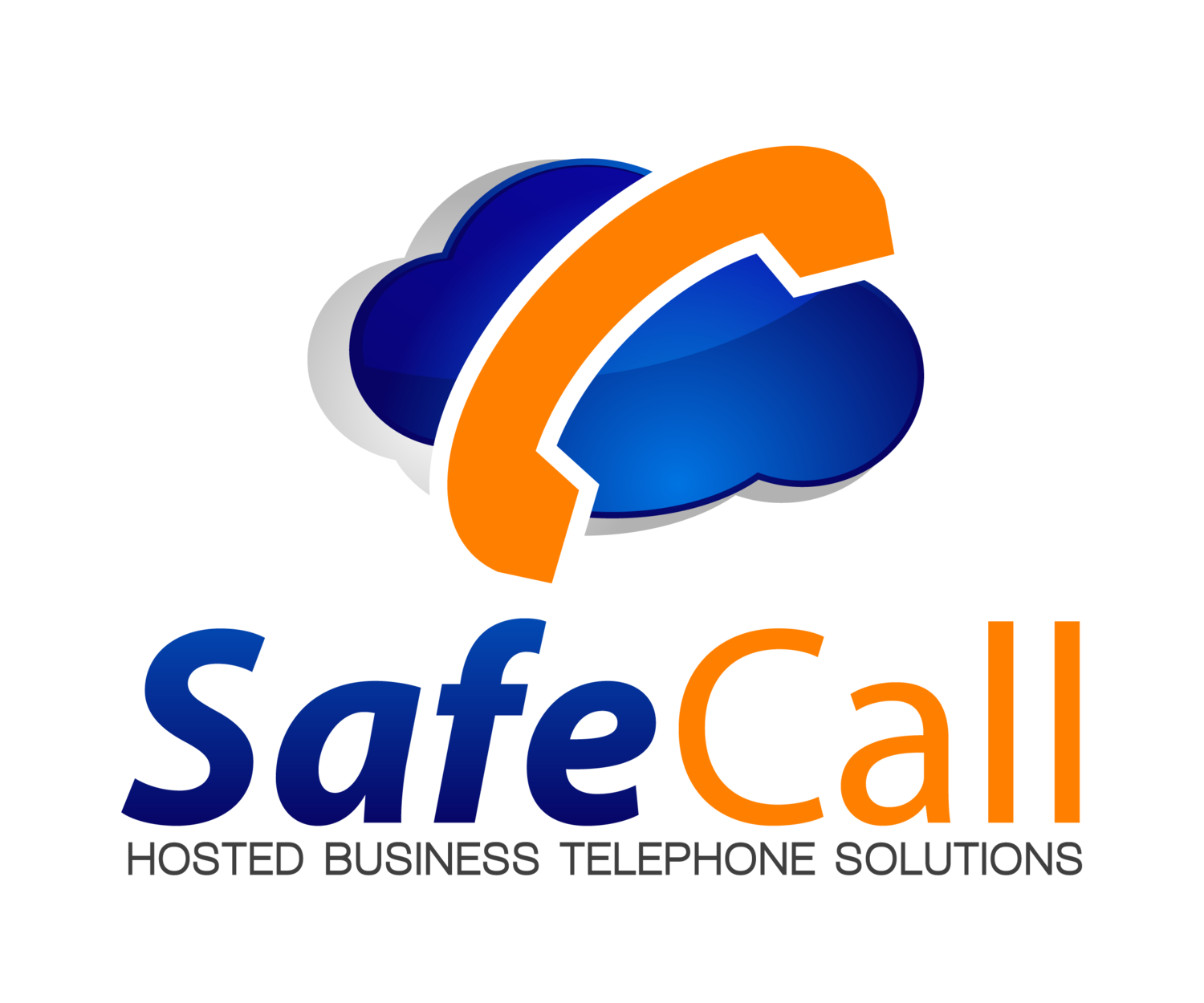Video Conferencing Call Etiquette
Technology innovation and network speed improvements offered by cloud-based phone systems are allowing companies to eschew audio-only conference calls in favor of video conferencing. Why the desire for video over audio-only? A Forbes study from 2017 showed that 62% of executives felt video conferencing improved the quality of communication between participants, while 50% felt video conferencing also improved understanding of the topics covered.
As more firms embrace distributed business models and more workers either work remotely in the field or at satellite locations away from the central office, video conferencing closes the physical distance and allows for fast and efficient collaboration. As video conferencing becomes a more popular platform for communication between team members and with clients, it’s important to maximize the value of the time spent in video conferences by establishing best practices and etiquette standards.
Optimize Your Presentation Space for Video Conferencing
Embracing video conferencing in order to connect remote teams or allow a more personal approach to client interactions requires a space designed to minimize distractions and maximize the experience for participants.
The host meeting space should be prepared for the meeting. The individual responsible for the meeting should ensure that:
The proper amount of table space and chairs are available for on-site participants.
All technology is in place and tested ahead of time.
The space is properly lit and someone is designated to manage lighting and other visual aids throughout the meeting
For workers looking to remotely participate in the conference call, the same general rules should apply in maintaining a clean, organized, and distraction-free workspace, with the added caveat to ensure sure that the call is taken in a setting where the participant can easily control access.
Best Behavior On Camera
Video conferences aren’t traditional face-to-face meetings taking place in the same room, and because of this, there are several additional layers of best practices that should be folded into the behavior of attendants.
Video conference calls use technology designed to bring attention to individual speakers, so cross-talk can significantly slow things down. It’s important to keep your personal microphone muted and only speak when necessary to address the issue at hand to keep the flow of the meeting in motion.
Video conferencing requires coordination of access to specific meeting rooms able to host calls. These calls often take place between individuals who can be in different cities or even different time zones, so being on time and ready for a scheduled meeting is crucial.
Technical Solutions to Maximize Impact
Etiquette for video conferences extends to ensuring that if you’re embracing the medium as a method of connecting to employees and clients, that you should deploy the right equipment for the job. Cameras capable of showing the entire meeting space, proper microphones and speakers, and software that is easy for all to access and use are vital components to making the video conferencing experience viable for all participants. If integrating video conferencing into your business is something you need to do, but you don’t have the technology to support it, SafeCall can help. As the Carolinas’ trusted provider of hosted business telephone systems, we can help you transition your traditional office phones to a cloud-based phone system capable of supporting and facilitating your video conferencing needs. Reach out to our team of professionals today for more information on how we can help bring your remote team and clients closer together with communications solutions tailored to your business’s needs.
